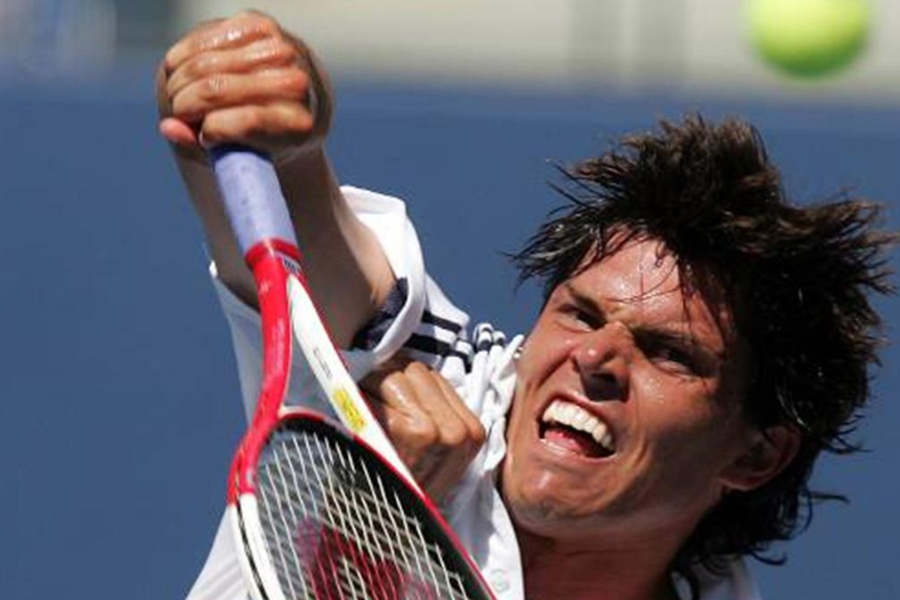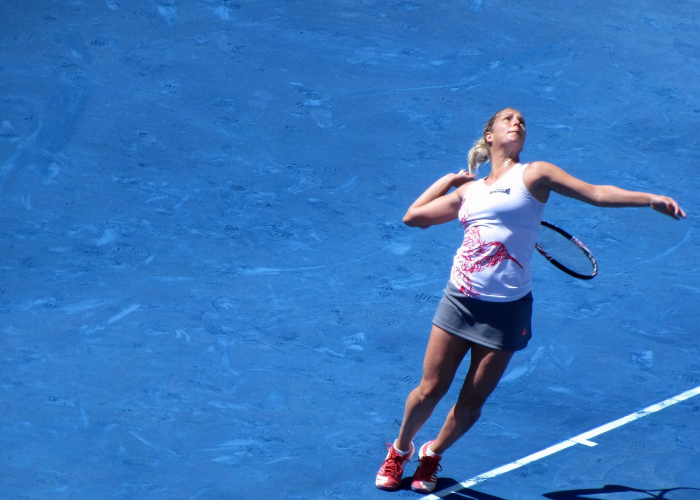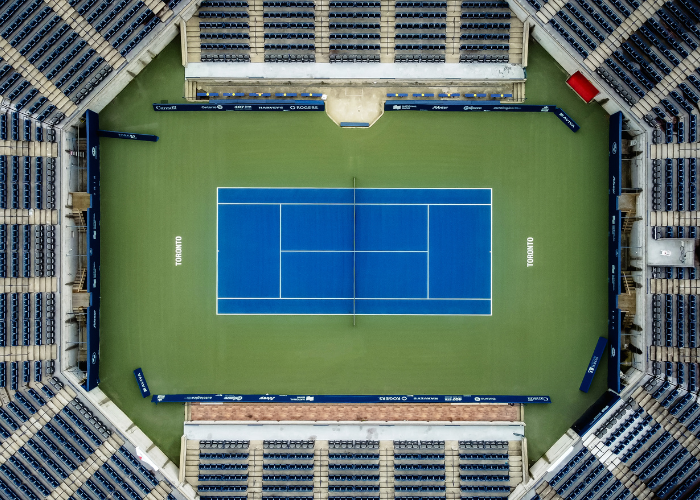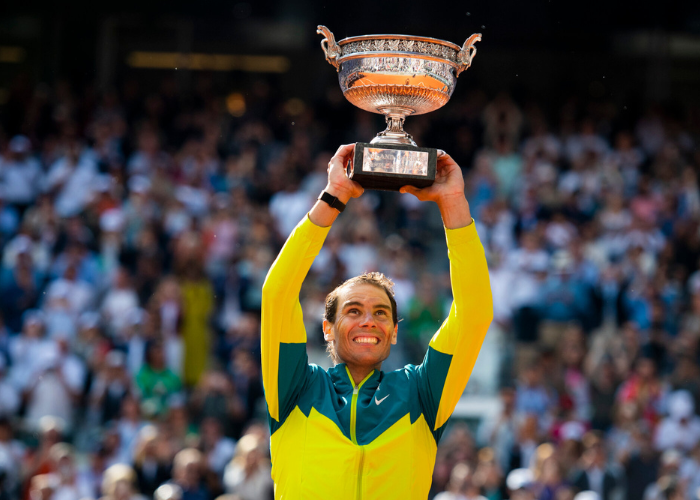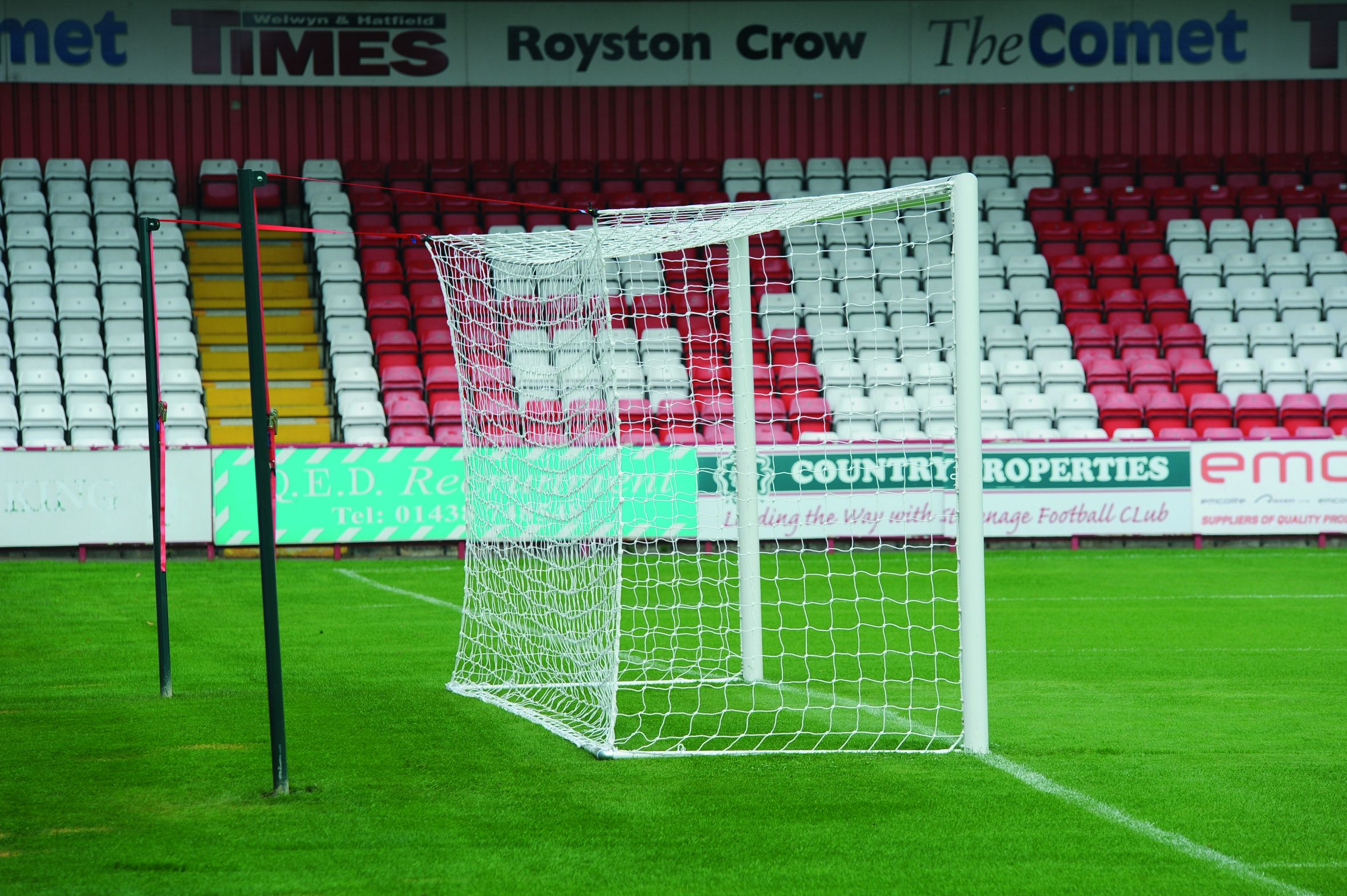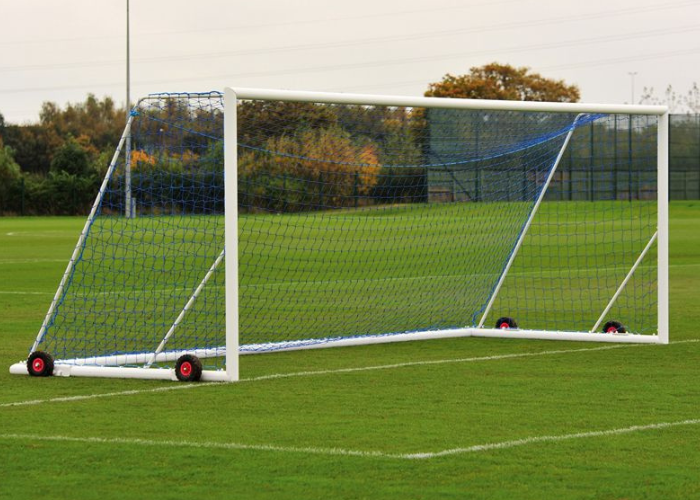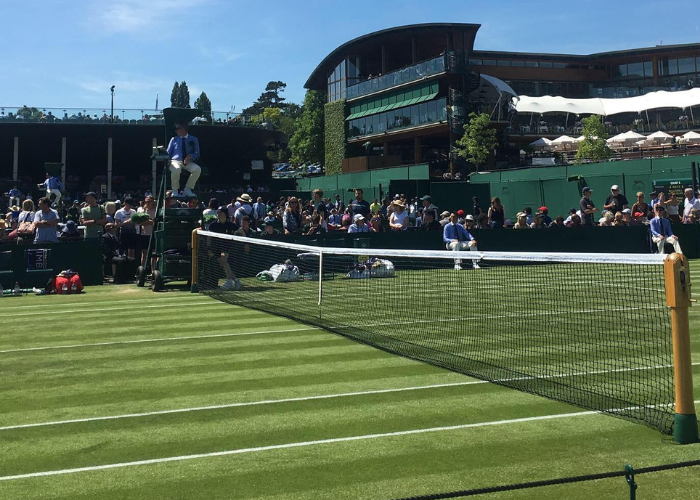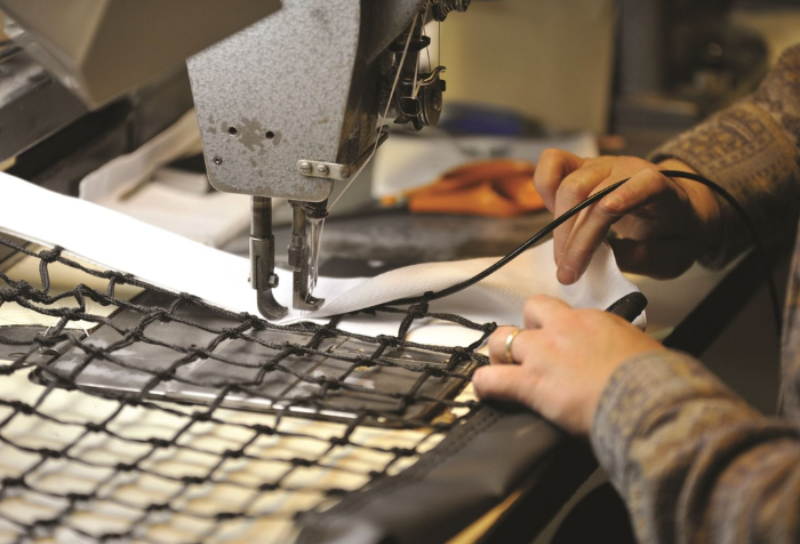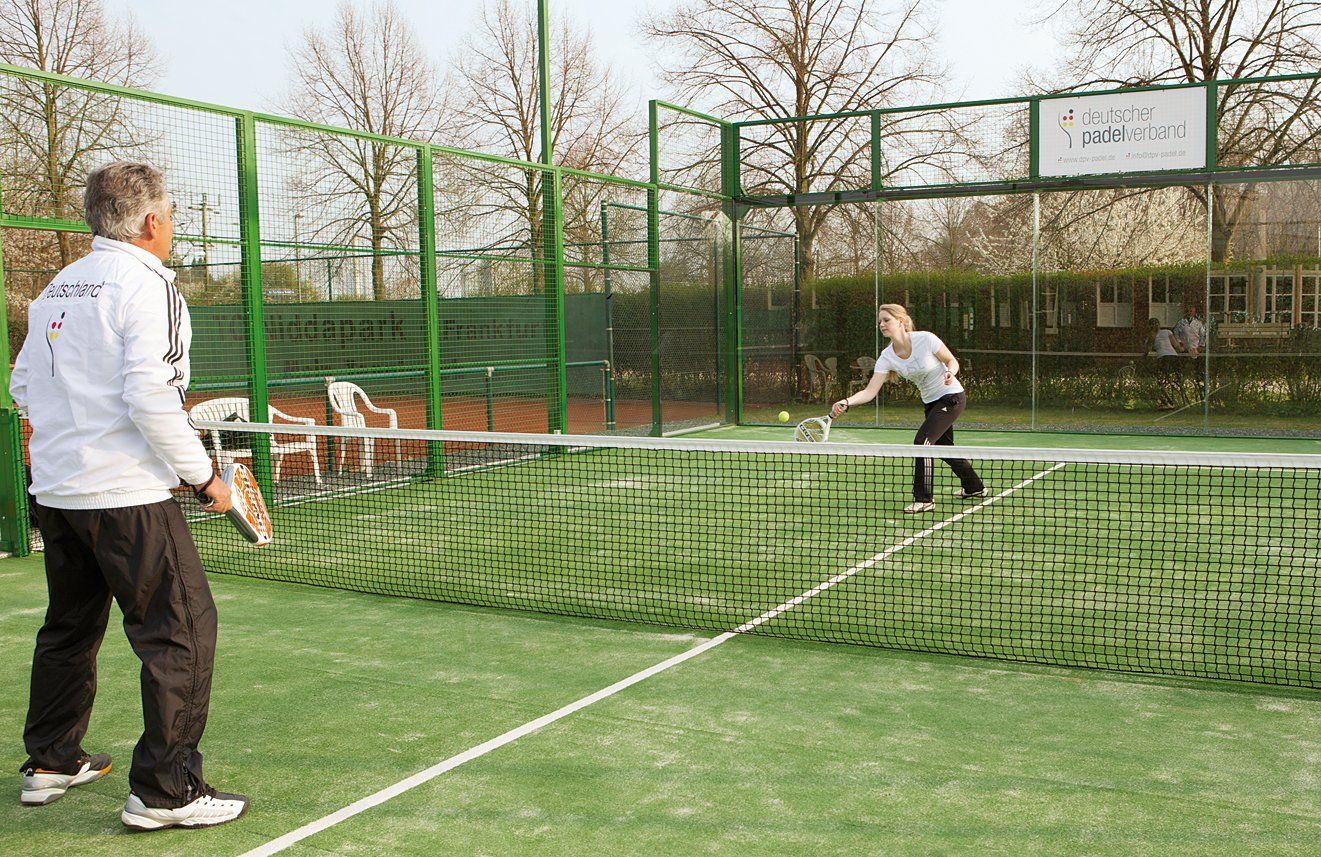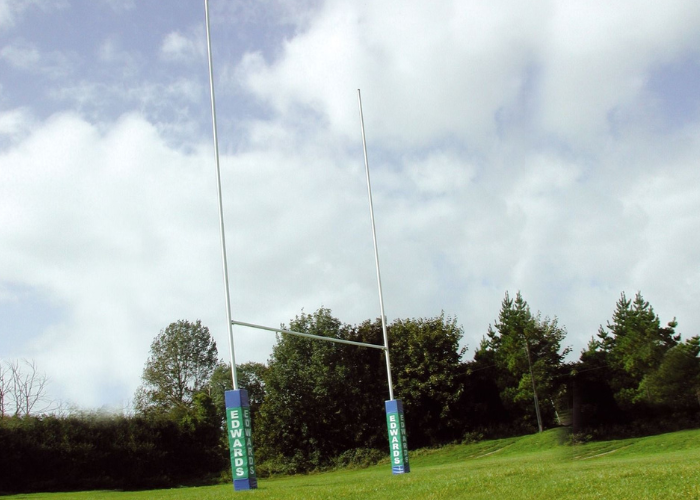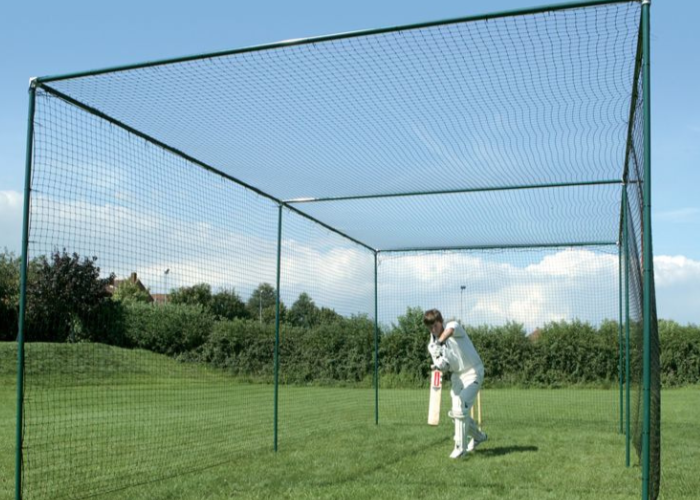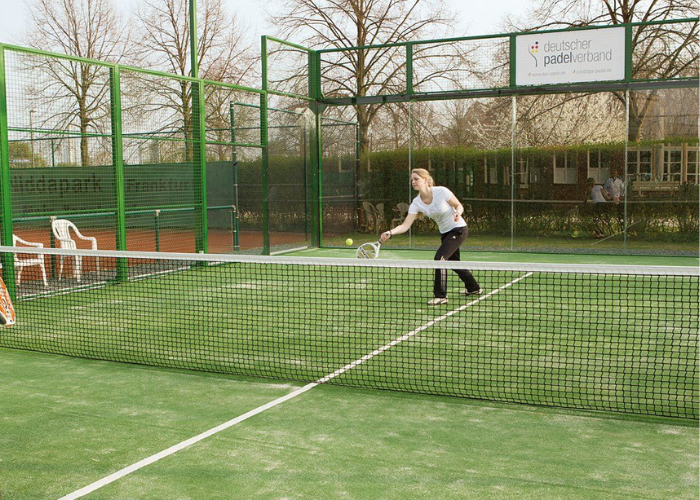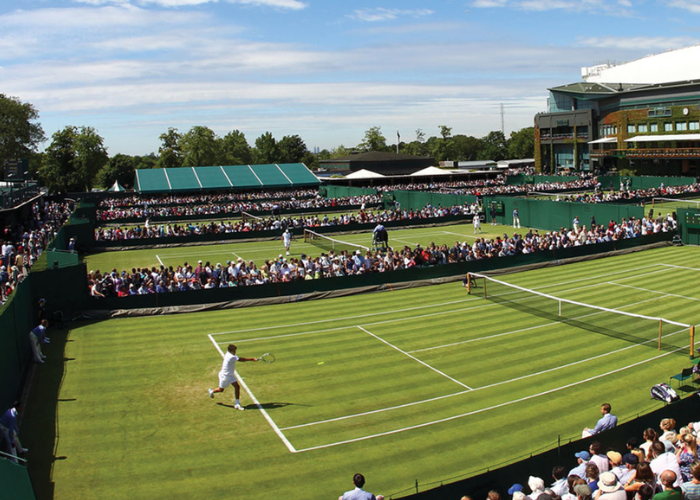We use cookies to make your experience better. To comply with the new e-Privacy directive, we need to ask for your consent to set the cookies. Learn more.
The Fastest Serve in Tennis & 14 Other Great Tennis Facts
- Admin
- Blog Posts
- 11 Oct 2024
-
174views
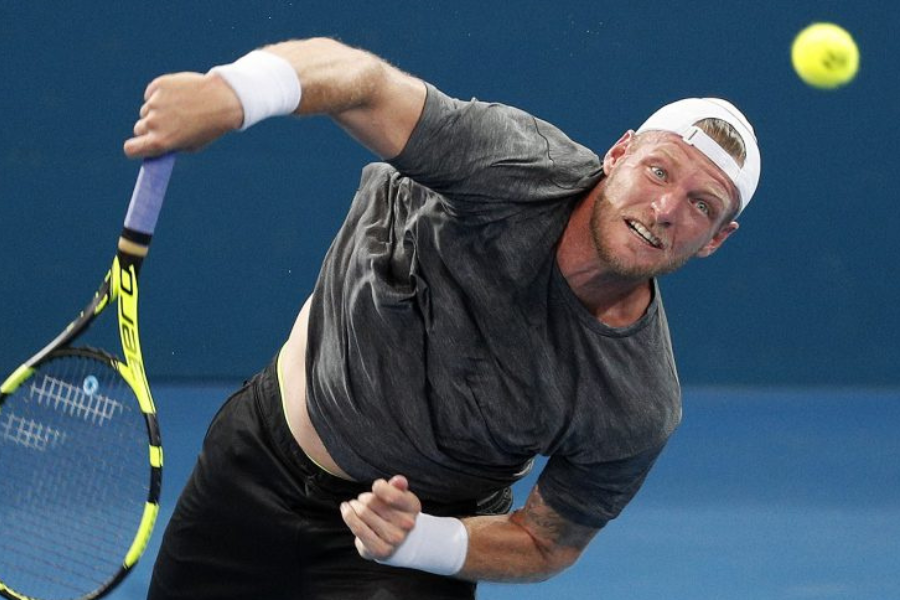
Want to know what the fastest serve in tennis is? Or record-breaking tennis trivia to date? Read our blog to find out all the fun facts and stats about the world of tennis!
Are you a tennis fan who wants to brush up on your trivia? We're about to serve up 15 facts about the sport, including who holds the record for the fastest serve in tennis, which will definitely blow your mind.
So, sit back and relax. Maybe get yourself some strawberries and cream? That's probably wishful thinking, but we will tell you a lot about Wimbledon, so you might want to get in the mood.
Here's what we'll be covering:
Tennis Serve Speed Trivia
If you're not sure, serving is the shot in tennis that starts a point. It's done by tossing the ball up and hitting it with a racket.
It's done from behind the baseline, between the centre mark and the sideline.
You're about to be amazed at the insane speeds professional tennis athletes can serve at. So, let's get into the fastest tennis serve facts.
Fastest Serve in Tennis & Fastest Male Tennis Serve
The fastest tennis serve ever also happens to be the fastest male tennis serve, and it was done by Sam Groth.
In 2012, the Australian hit the serve at a speedy 163.4mph during a Challenger event in Busan, South Korea.
Some people actually contest this record because the Challenger event is not an ATP official event and uses equipment different from the equipment used in Grand Slam games.
Fastest Female Tennis Serve
Spanish player Georgina Garcia Perez hit her serve at a staggering 136.7mph. She currently holds the record for the fastest serve in female tennis history.
Although a relatively unknown athlete, Garcia Perez, who hit her recording-breaking serve at the 2018 Hungarian Ladies Open, is clearly a talented one.
Fastest Serve at Wimbledon
The record for the fastest serve at Wimbledon goes to Taylor Dent, who hit a serve speed of 147mph during a doubles match in 2010.
In 14 years, his record has not been broken. Could a new one be coming soon?
Not brushed up on your Wimbledon knowledge? Check out our blog post on the Trivia of Wimbledon!
Facts on the History of Tennis
The origin of tennis dates right back to between the 12th and 13th centuries in France, where it was first played indoors.
Players would use their hands to hit the ball back and forth. But, of course, it wasn't called tennis back then, it was called "jeu de paume".
Here are some more historical facts about tennis…
1. Racquets weren't introduced to tennis until the 16th century , which is when the game became a little more recognisable to what we now know it to be.
Shakespeare even mentions tennis in six of his plays.
2. Tennis is such an old sport that it was actually one of the nine original Olympic sports at the first modern Olympic games in Athens in 1896.
It continued to be part of the games until 1924, when it was removed due to disputes between the International Lawn Tennis Federation (ILTF) and the International Olympic Committee (IOC).
The tennis governing bodies were also concerned that its presence in the games might overshadow Wimbledon.
It wasn't until 1988 that tennis became a full-medal sport again.
3. Modern tennis, which we're all familiar with today, was created in the late 19th century by Welshman Major Walter Clopton Wingfield.
He secured the patent for the game in 1874 and had it authoritatively signed by Queen Victoria.
History of Grand Slam Tennis Nets
The Science of Tennis
Like all sports, tennis involves science, so if you're interested in the intricate science behind the sport, here are a few facts for you:
1. Tennis is considered one of the healthiest sports you can do. Essentially, it's a full-body workout, using many muscles, including your arms, shoulders, back, core, and lower body.
The impact of hitting the ball can also improve bone density, especially in the playing arm, lumbar spine, and legs.
Tennis has a whole host of other benefits, including cardiovascular health, muscle tone, improved mental health, and social benefits .
2. In the 1980s, tennis players still used wooden racquets, unlike today, when current athletes use racquets made from materials like fibreglass and graphite. The latter materials are capable of producing more spin and power compared to wood.
This means athletes these days focus more on spin and power than on finesse and precision due to better equipment.
3. The ideal weight of a tennis racquet is 340g , which is about six times the weight of the ball. It needs to be light enough to swing quickly but heavy enough to maximise mass. This is how players optimise momentum on the ball.
Global Tennis Tournaments Facts
Are you a huge fan of tennis tournaments? Grand Slams, Wimbledon, Opens, and The Davis Cup (the list truly goes on) are special moments for tennis enthusiasts.
So, without further ado, here are a few interesting facts about global tennis tournaments:
Wimbledon
Wimbledon's first tournament was held in 1877, making it the oldest tennis tournament in the world.
Wimbledon has always been a prestigious event. Since the beginning, it has been known to all that play at Wimbledon that you must wear white.
This is because people in the 1880s considered sweat stains improper, and they were harder to see in white clothing.
To this day, it's still written into the rules of the game that you must wear white if you want to play at the venue.
Davis Cup
The idea for the Davis Cup was conceived in 1899 by four members of the Harvard University tennis team, who wanted to set up a match between the USA and Great Britain.
The Davis Cup is now considered the "World Cup" of tennis, and the victors are known as "World Champions".
Grand Slam Tournaments
Novak Djokovic and Margaret Court both hold the record for most Grand Slam wins (each with 24).
Tennis has four grand slam tournaments: the French Open, the US Open, the Australian Open, and Wimbledon. These tournaments are considered the most prestigious and well-attended events in tennis.
Do you want to practice tennis like a pro? Read our 10 Quotes from Top Players on What It Takes To Succeed!
Record-Breaking Moments in Tennis
When athletes break records, it shows their passion and drive to become the best of the best. It also shows their unmatched talent and dedication to the sport.
So, we couldn't finish off our list without mentioning a few of these incredible record-breaking moments throughout tennis history:
1. Andy Murray's 2013 Wimbledon win will go down in history books as one of the greatest moments in British tennis.
Andy Murray became the first British male to win at Wimbledon in 77 years . Fred Perry was the last British male to collect this title in 1936.
Thank you, Andy, for ending the almost 8-decade drought.
2. The longest tennis match in history, lasting almost half a day, goes to John Isner and Nicolas Mahut's 11-hour and 5-minute Wimbledon match in 2010.
The pair went at it for three days, and there were a total of 980 points.
Isner won the deciding final set, allowing him to advance to face Thiemo de Bakker. In just 74 minutes, Isner lost the match, which was the shortest men's match in Wimbledon history at the time.
3. Known as 'The King of Clay', Rafael Nadal holds the record for the most French Open titles, winning 14 times.
The athlete has also won 8 other Grand Slam titles, including 2 Wimbledon titles, 4 US Open titles, and 2 Australian Open titles.
Tennis Facts: A Roundup
Now that you've made it to the end, you should now be a certified tennis expert. From racquets to the King of Clay, arguably, there is nothing left to learn...
…But, of course, that isn't true. The world of tennis is always changing, from game plans to training techniques, tennis is only getting more advanced by the minute.
And there's always some sort of record that can be broken.
For more tennis facts, be sure to keep up with the latest news and updates on the Edwards Sports blog!
Read Our Latest News
FAQs
What is the Controversy Behind the Fastest Tennis Serve?
Sam Groth's 163.4mph hit isn't actually recognised as official because it wasn't captured at an official ATP event. ATP recognises John Isner's 157.2mph hit as the record, but many believe Groth is the true record holder.
What Makes a Serve Difficult?
Clay courts can make it difficult for server-based players to dominate because they slow the ball down. The ball also bounces higher than on grass or hard courts.
Why is it Called Tennis?
Tennis comes from the French word 'tenez', meaning 'hold', 'receive', or 'take'. The word 'racquet' also comes from the Arabic word, which means 'the palm of the hand'.
Why Do Tennis Players Grunt?
Initially, players began grunting to practice good breathing. Some of the more intense grunting is now thought to be a way to be dominant during a match.






